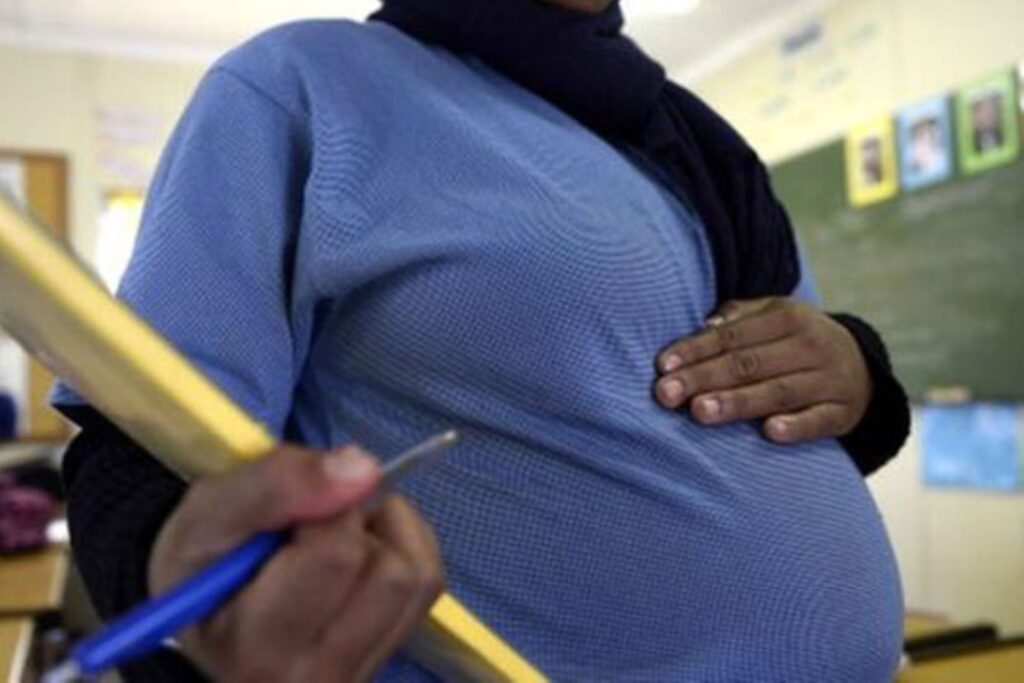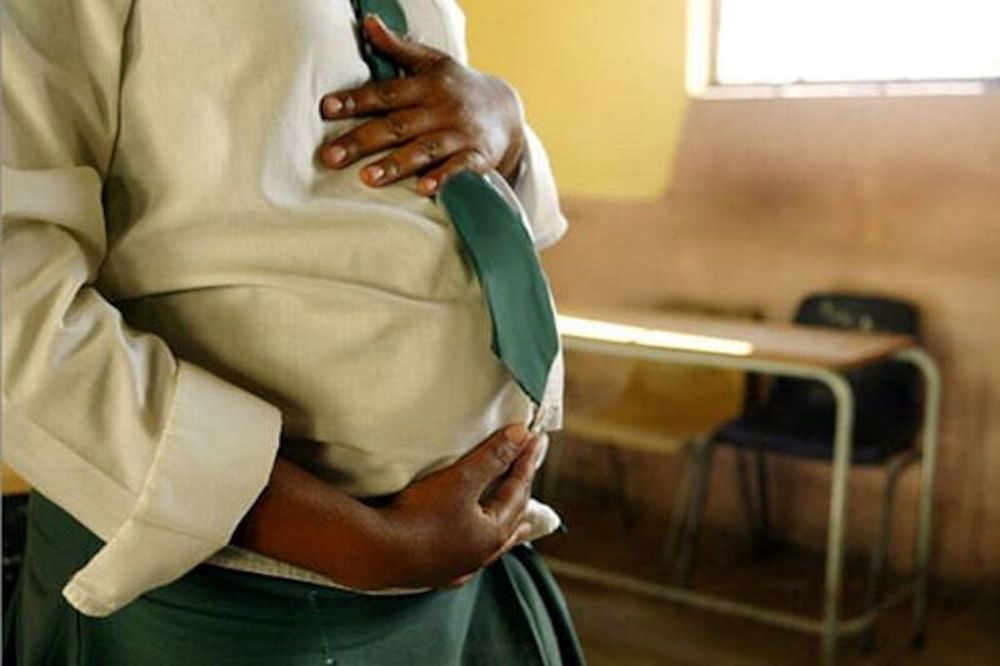Teenage pregnancy is a significant public health issue that affects millions of young girls and their families worldwide. It is generally defined as pregnancy occurring in females under the age of 20. Teenage pregnancy has far-reaching consequences, not just for the young mother, but also for the child, the family, and society as a whole. This article delves into the causes, consequences, and possible solutions to teenage pregnancy, highlighting the importance of education, awareness, and support systems in addressing this challenge.

Causes of Teenage Pregnancy
1. Lack of Comprehensive Sexual Education: One of the leading causes of teenage pregnancy is the lack of comprehensive sexual education in schools. In many regions, sex education is either inadequate or entirely absent, leaving teenagers uninformed about contraception, safe sex practices, and the consequences of unprotected sex. Without this crucial knowledge, teenagers are more likely to engage in risky sexual behaviors.
2. Cultural and Social Norms: In some cultures, early marriage and childbearing are common, often resulting in teenage pregnancies. Societal pressures, including expectations to prove fertility or to conform to traditional gender roles, can also lead to early pregnancies. Additionally, in certain communities, discussing sexual health openly is taboo, further preventing teenagers from accessing the information and resources they need.
3. Peer Pressure and Media Influence: Teenagers are highly susceptible to peer pressure and the influence of media, which often glamorizes sex and relationships without showing the possible consequences. This can lead to a distorted understanding of sex, where the potential risks and responsibilities are downplayed or ignored.
4. Poverty and Limited Access to Healthcare: Economic factors play a significant role in teenage pregnancy rates. Teenagers from low-income families often have limited access to healthcare services, including contraception and family planning. They may also have less access to educational opportunities, leading to lower aspirations and a higher likelihood of early pregnancy.
5. Family Dynamics and Abuse: Family issues, such as lack of parental guidance, dysfunctional family environments, and experiences of abuse, can increase the risk of teenage pregnancy. Teenage girls who grow up in unstable or abusive households may seek affection and validation outside the home, leading to early sexual activity and unintended pregnancies.

Consequences of Teenage Pregnancy
1. Health Risks for Mother and Child: Teenage mothers are at higher risk of experiencing complications during pregnancy and childbirth. These risks include preterm labor, low birth weight, and pregnancy-induced hypertension. Additionally, the babies born to teenage mothers are more likely to suffer from health problems and developmental delays.
2. Educational and Economic Impact: Teenage pregnancy often disrupts a girl’s education, leading to higher dropout rates. This, in turn, limits her future employment opportunities and earning potential, perpetuating a cycle of poverty. Without adequate education and economic stability, teenage mothers may struggle to provide for themselves and their children.
3. Psychological and Social Consequences: Teenage mothers are more likely to experience depression, anxiety, and low self-esteem due to the pressures and challenges of early parenthood. They may also face social stigma and isolation, further exacerbating their mental health issues. The lack of support from family and society can lead to feelings of hopelessness and despair.
4. Impact on the Child: Children born to teenage mothers often face numerous challenges, including lower academic achievement, behavioral problems, and an increased likelihood of becoming teenage parents themselves. The cycle of poverty and limited opportunities can be difficult to break, leading to long-term social and economic consequences.
Solutions to Teenage Pregnancy
1. Comprehensive Sexual Education: Implementing comprehensive sexual education in schools is crucial in preventing teenage pregnancies. This education should cover topics such as contraception, safe sex practices, and the emotional aspects of relationships. It should also be inclusive, addressing the needs of all students, regardless of gender or sexual orientation.
2. Access to Contraception and Healthcare Services: Ensuring that teenagers have access to affordable contraception and healthcare services is essential in reducing teenage pregnancy rates. This includes providing free or low-cost birth control, as well as confidential counseling and support services for teenagers who are sexually active.
3. Empowerment Programs for Girls: Empowerment programs that focus on building self-esteem, leadership skills, and career aspirations can help reduce teenage pregnancy rates. By encouraging girls to set and achieve personal and professional goals, these programs can give them the motivation to delay childbearing and focus on their education and careers.
4. Parental Involvement and Communication: Open communication between parents and teenagers about sexual health and relationships is vital in preventing teenage pregnancies. Parents should be encouraged to have honest and supportive conversations with their children, providing guidance and information about safe sex practices and the importance of making informed choices.
5. Community Support and Resources: Communities can play a crucial role in preventing teenage pregnancy by offering support networks and resources for teenagers. This includes mentoring programs, youth centers, and outreach services that provide education, counseling, and support to at-risk teens.
Teenage pregnancy is a complex issue with deep-rooted causes and significant consequences for individuals and society.




